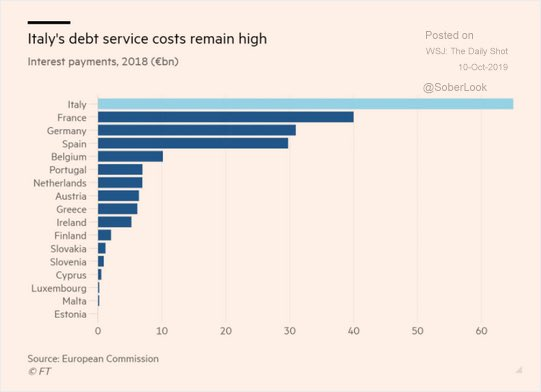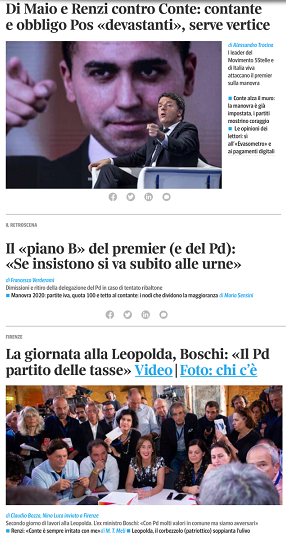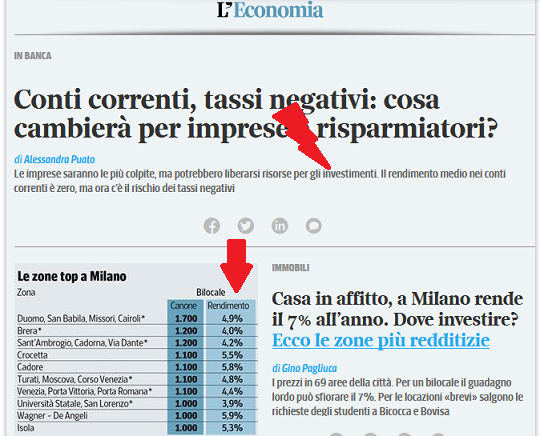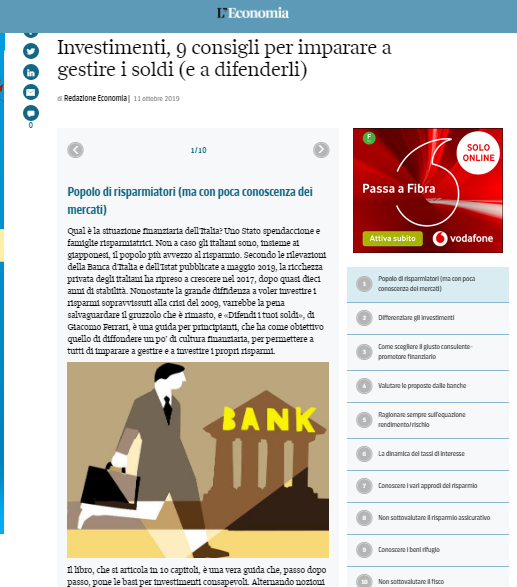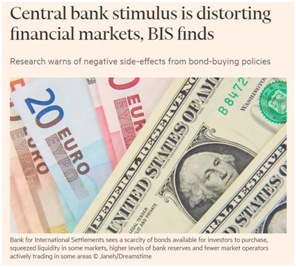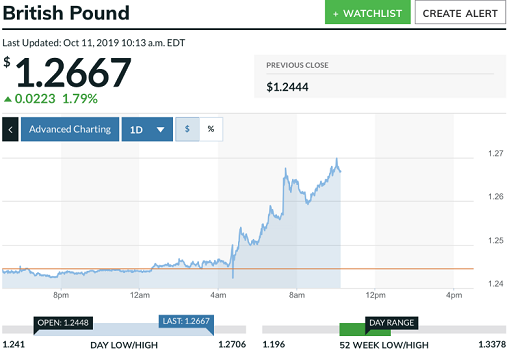Da tempo mettiamo in nostri Clienti sull’avviso. Da tempo ripetiamo, anche attraverso il Blog, che ci stiamo avvicinando ad un punto di svolta, e non per questo 2019: siamo vicini ad un punto di svolta epocale.
Tutti i nostri Clienti, sia per gli strumenti utilizzati, sia per l’impostazione della strategia, sia per la selezione delle informazioni utilizzate, hanno a disposizione una strategia che li mette dalle conseguenze indesiderate, da eventuali episodi di turbolenza (anche violenta) che i mercati dovessero affrontare. E non basta: sono posizionati in modo tale, che questo momento di svolta sarà per loro anche una opportunità per fare performance con i propri investimenti finanziari.
Alla base di queste nostre scelte, c’è come tutti sapete una accurata analisi dei dati e delle notizie, che noi abbiamo proposto quotidianamente ai nostri Clienti, ed anche con una diversa frequenza ai lettori di questo Blog. Sono valutazioni pubbliche, che sono ancora disponibili a distanza di anni.
E in questo, lo ricordiamo, noi siamo UNICI nell’intero panorama italiano dei servizi agli investitori.
Questo Post ci serve per segnalare a tutti i lettori che le analisi fatte da Recce’d negli ultimi anni stanno trovano, in modo progressivo, riscontri sempre più ampi anche presso le cosiddette “fonti ufficiali”.
Una Istituzione autorevole come la Banca dei Regolamenti Internazionali, Istituzione che fa da Banca Centrale alle Banche Centrali, e che quindi fa “parte del sistema” in tutto e per tutto, ha pubblicato qualche giorno fa due documenti molto articolati e dettagliati, documenti dedicati agli effetti delle politiche monetarie ultra-espansive delle Banche Centrali.
Chi ne volesse ricevere copia, non ha che da scrivere alla nostra casella di posta.
Nei due documenti, troverete argomenti e valutazioni critiche che Recce’d propone da anni, anche in una sede pubblica come il Blog.
Proprio su analisi e valutazioni come queste Recce’d ha posizionato i portafogli modello. I nostri Clienti, con un supporto del genere, non possono che essere ancora più tranquilli.
Riportiamo qui sotto una sintesi estrema, pubblicata in settimana dal Financial Times, e scritta da due esponenti della stessa Banca dei Regolamenti Internazionali.
Philip Lowe, Jacqueline Loh. October 7 2019
The global financial crisis presented central banks with unprecedented challenges, and their response was to take extraordinary actions. A decade on, we can say that these measures succeeded in saving the global economy from deflation, but also introduced some distortions in a few areas of the capital markets. Many central banks introduced unconventional monetary policy tools following the crisis. They embarked on large-scale asset purchases and expanded lending programmes, increasing their balance sheets to historic levels. Interest rates were cut below zero in several countries. Two committees at the Bank for International Settlements released complementary reports today assessing the effectiveness of unconventional monetary policy instruments and analysing the impact of large central bank balance sheets on market functioning.
Unconventional policy tools emerged out of necessity. In the countries hardest hit by the economic crisis, the financial sector stalled and stopped doing its job, hamstrung by losses and drained of liquidity. The subsequent recession sent unemployment soaring. With inflation and interest rates at low levels, the limited room for conventional policy manoeuvre was quickly exhausted. On balance, central bankers say that the results of unconventional policies have been positive. Interventions helped smooth investor and consumer expectations and jump-start markets. Research by bankers and academics points to a positive response of economic activity to the extra stimulus provided by unconventional tools. The risk of a deflationary spiral was largely avoided, though inflation still undershot central bank objectives.
Balance sheet-expanding policies aimed at improving market functioning delivered on this front. Balance sheet policies aiming primarily to provide monetary stimulus had some side-effects on market functioning The path has been neither smooth nor straight, and some policies have been more successful than others. The reports conclude that corrections to the initial plans were necessary in view of the experience gathered in the course of implementation. Balance sheet policies aiming primarily to provide monetary stimulus had some side-effects on market functioning — especially in terms of reducing the availability of bonds in the market — which were addressed by central bank countermeasures. In addition, the style of central bank communication about policy intentions and use of these tools had to be adjusted to changing circumstances and fine-tuned to the interpretations that market participants gave to policy messages.
Monetary policy is a powerful but not very precise tool and prolonged easing can have side-effects. In part, it works by stimulating aggregate expenditure in a slump by encouraging investors and consumers, who have become overly cautious, to take more risk. Unconventional tools work the same way and, as the reports discuss, protracted use may also encourage imprudent behaviour by market participants. In a world with open financial borders, it also has spillovers. Investors obtaining cheap funding at home can seek returns abroad, and recipient economies need to manage capital flows in a way that is consistent with their own priorities and needs.
The central banks that used unconventional policies report that these tools have earned a place in their policymakers’ toolbox. They can provide additional policy space and flexibility, allowing a central bank to achieve its mandate when conventional tools have reached their limits. In a world of low inflation and structurally low real rates, they may become increasingly important. Another lesson is that the tools need to be complemented with measures that reduce side-effects. Such measures could include securities lending facilities that mitigate the scarcity effects from central bank asset purchases, and policies that reduce the impact of negative rates on banks funded by retail deposits. Money markets must maintain sufficient capacity to function after the extraordinary liquidity is withdrawn, and central banks must preserve operational flexibility to address unexpected changes.
Central banks also need to strike the right balance between providing guidance that reduces uncertainty and unduly narrowing down central bankers’ options to respond to changing circumstances in the future. The reports suggest that unconventional tools’ effectiveness can be strengthened if central banks communicate that they are willing and able to use them. This is best done in a way consistent with each bank’s legal mandate and institutional framework. Central bank credibility is a major determinant of the effectiveness of monetary policy and this applies as well in the use of unconventional tools. At the same time, their use is best seen as one component of an overall public policy framework that encompasses fiscal and prudential policy responses. Policymakers should avoid placing a disproportionate burden on monetary policy.
Philip Lowe is governor of the Reserve Bank of Australia and chair of the Committee on the Global Financial System at the BIS. Jacqueline Loh is chair of the BIS Markets Committee and a deputy managing director at the Monetary Authority of Singapore


